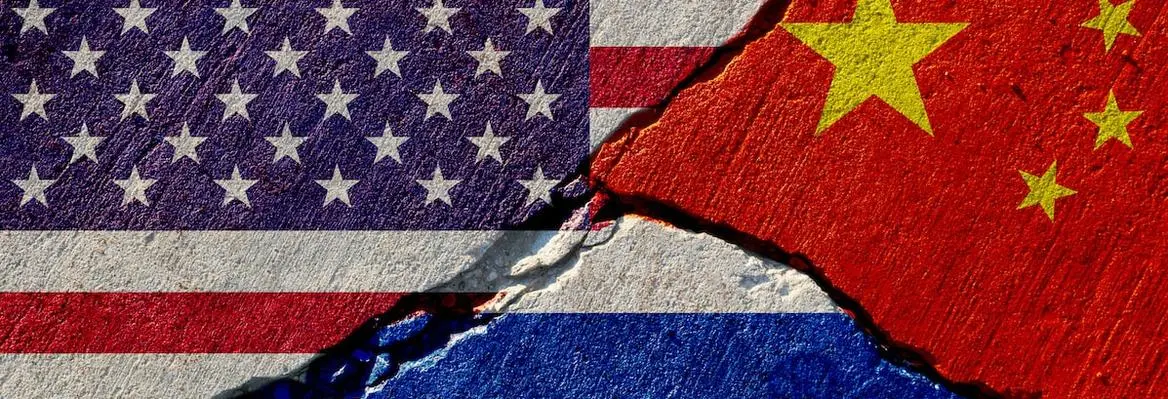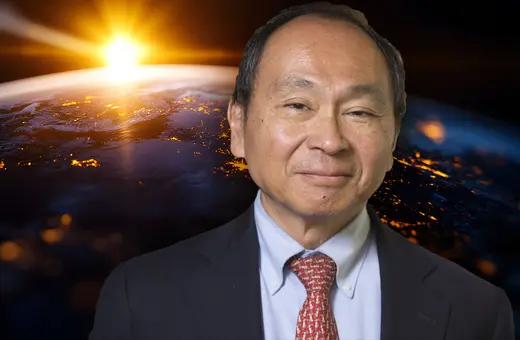China is still claiming neutrality when it comes to Russia’s war against Ukraine. As that position is becoming increasingly unconvincing, the US is putting pressure on China to choose sides, threatening with economic sanctions if it continues its tacit support of Russia. But the deeper, structural, geopolitical factors in play mean that China’s alliance with Russia is here to stay. The US seems unwilling to recognise this, but does so at its peril, argues Alexander Korolev.
China’s position on Russia’s invasion of Ukraine attempts to reconcile the irreconcilable. On the one hand, Beijing calls for respecting the sovereignty and territorial integrity of all countries, including Ukraine, but on the other hand, it advises that Washington must respect Russia’s legitimate security concerns in the region, including in Ukraine. Beijing’s attempts to walk a tight rope of diplomacy have not been remarkably successful.
As the war drags on and the West’s comprehensive blockade of Russia consolidates, the pressure from the US and its allies to compel Beijing to explicitly distance itself from Moscow intensifies. From accusing Beijing of irresponsible fence-sitting, the US has moved to threatening sanctions if China anyhow aids Russia’s war effort. In this context, a China with economic development on its mind, which also aspires to be a responsible global power, should be expected to heed the warnings and, if not join the sanctions against Russia, at least explicitly condemn Russia’s behaviour.
___
There are strong international-systemic reasons why Beijing cannot turn its back towards Moscow.
___
However, China is unlikely to do that. There are strong international-systemic reasons why Beijing cannot turn its back towards Moscow. These reasons compel China to not only continue business as usual with Russia (which means gradual consolidation of China-Russia strategic partnership) but even accelerate the formation of a stronger China-Russia alignment.
Research on the power transition theory suggests that out of 16 power transitions known to historians only 4 turned out to be peaceful. In the contemporary international system, power transition is happening between China and the US, not between Russia and the US. According to World Bank, in 1991, the US’s total Gross National Prodict (GNP) of $6.158 trillion was more than 16 times that of China ($383,373 billion). By 2013, China’s GNP reached more than half of that of the US ($9.57 trillion vs. $16.785 trillion). By 2019, it became almost 70% ($14.343 trillion vs. $21.374 trillion). Thus, the current power structure resembles the one that existed during the Cold War, when the Soviet Union’s GNP reached its peak of 60% of the US total in 1975, and when great power balancing was the defining feature of international politics.
These structural shifts are more important than the characteristics of individual policymakers because they determine the horizons of probable actions for great powers, regardless of who is in charge of foreign policy. They also create a strategic environment that is most conducive to the confrontation between the rising and declining superpowers. Facing China as a long-term strategic adversary, Washington attempts to maintain its still existing power advantage by containing the challenger. China, strong but still weaker than the US, is incentivised to respond by enhancing its military capabilities and cooperation with other powers to deal with the US containment more effectively. This triggers further acts of containment from the US, which further incentivise China’s stronger reaction.





















Join the conversation